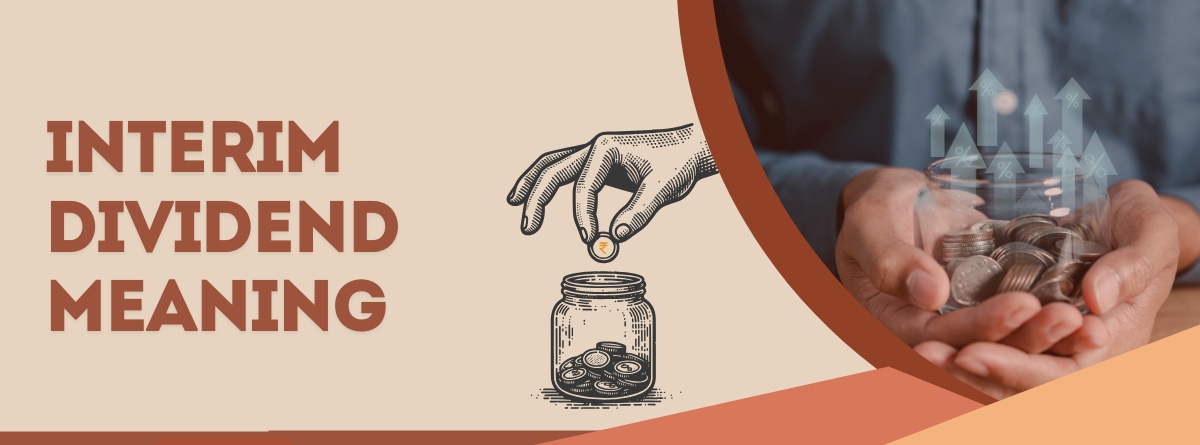Content
- Introduction
- What is the interim dividend?
- Calculation of interim dividend
- How is the interim dividend funded?
- Final versus interim dividends
Introduction
The interim dividends are derived from retained earnings, which are the company’s profits from the preceding fiscal years. Gains from the current year are not often paid out until the interim dividend is released. A company's distribution of an interim dividend is a sign of whether its full-year performance will live up to market expectations.
Investors who need money but want to keep their high-dividend equities can benefit from interim dividends. Even though delivering interim dividends covers half or less of an average annual payout, they can nonetheless fill in any gaps before regular payments start by offering some cash. This article explains the interim dividend meaning.
More Articles to Explore
- Difference between NSDL and CDSL
- Lowest brokerage charges in India for online trading
- How to find your demat account number using PAN card
- What are bonus shares and how do they work?
- How to transfer shares from one demat account to another?
- What is BO ID?
- Open demat account without a PAN card - a complete guide
- What are DP charges?
- What is DP ID in a demat account
- How to transfer money from demat account to bank account
Disclaimer: Investment in securities market are subject to market risks, read all the related documents carefully before investing. For detailed disclaimer please Click here.



